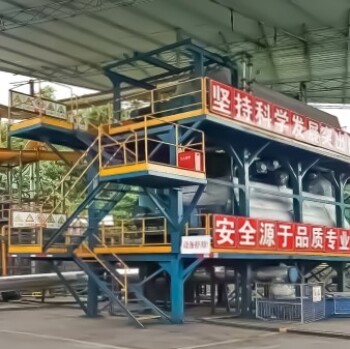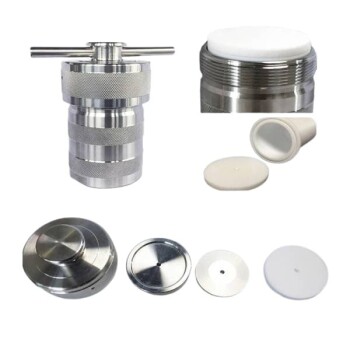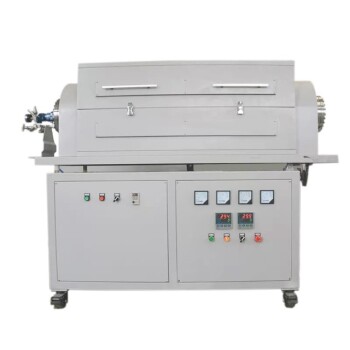The catalyst for biomass pyrolysis is heat, which drives the thermal decomposition of biomass in the absence of oxygen. This process involves both primary and secondary mechanisms that lead to the production of biochar, bio-oil, and gases such as methane, hydrogen, carbon monoxide, and carbon dioxide.
Primary Mechanisms:
- Char Formation: At the beginning of the pyrolysis process, biomass is heated, leading to the formation of benzene rings. These rings combine to form a solid residue known as char, which is an aromatic polycyclic structure. This process also releases water or incondensable gas.
- Depolymerization: This involves the breaking of chemical bonds within the polymers of the biomass as it is heated. This step is crucial for the release of volatile compounds.
- Fragmentation: This process further breaks down the biomass into smaller particles, facilitating the release of volatiles and the formation of char.
Secondary Mechanisms:
- Cracking: Unstable volatile compounds undergo further reactions, breaking down into smaller molecules.
- Recombination: Some of the smaller molecules may recombine to form more complex compounds.
- Formation of Secondary Char: Additional char may be formed from the secondary reactions of the volatile compounds.
The type and yield of the products (biochar, bio-oil, and gases) depend on the operating conditions, particularly the temperature and residence time. At low temperatures (less than 450°C), the main product is biochar, while at high temperatures (greater than 800°C), the main product is gas. Intermediate temperatures yield bio-oil as the primary product.
This thermal process is fundamental to both combustion and gasification processes, occurring naturally within the first two seconds of heating biomass. The absence of oxygen during pyrolysis prevents combustion, allowing for the production of energy-rich products like biochar and biogas. The energy required for the process is often supplied by the combustion of the gaseous reaction products, making the process self-sustaining under controlled conditions.
Elevate your biomass pyrolysis research with KINTEK SOLUTION's innovative catalysts. Our specialized heat-driven catalysts optimize primary and secondary mechanisms for superior char, bio-oil, and gas yields. From low temperatures for biochar-rich production to high temperatures yielding bio-oil, trust KINTEK SOLUTION to deliver precision catalysts for your thermal decomposition needs. Explore our comprehensive solutions today and unlock the full potential of your biomass!











